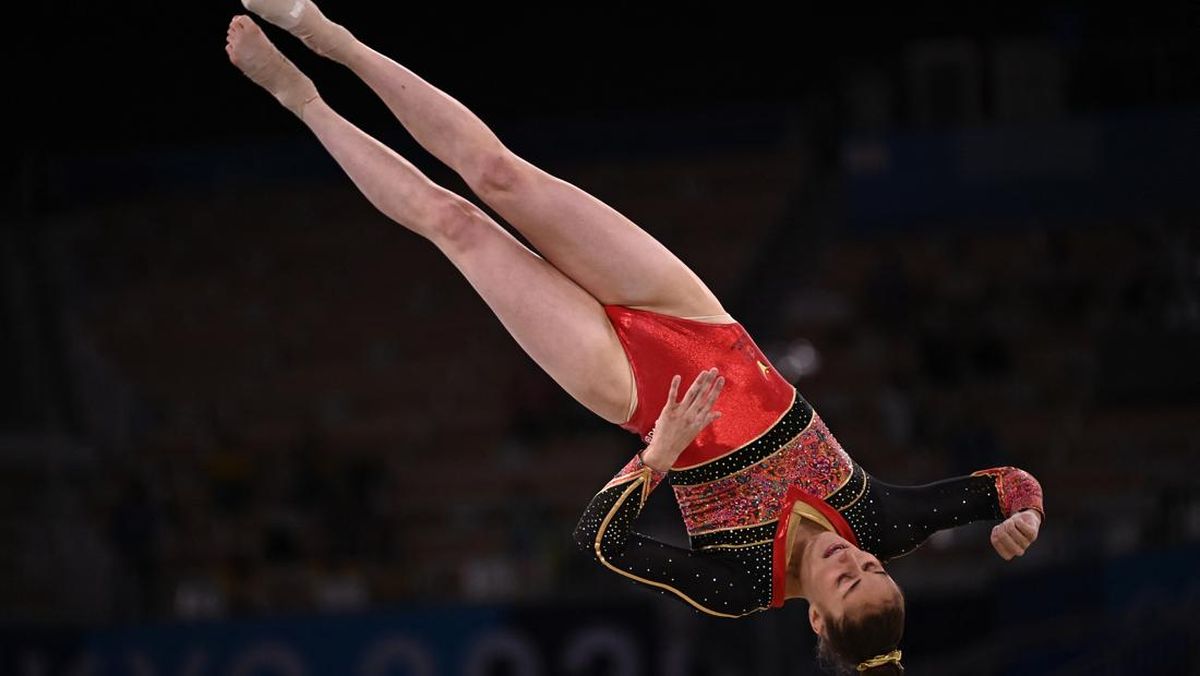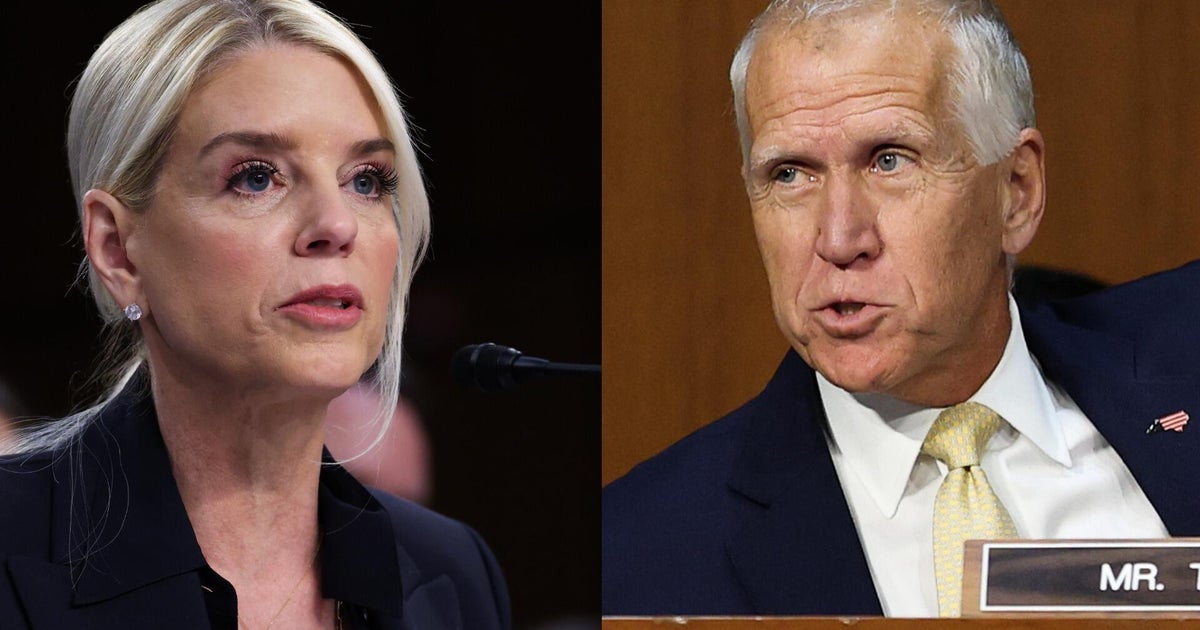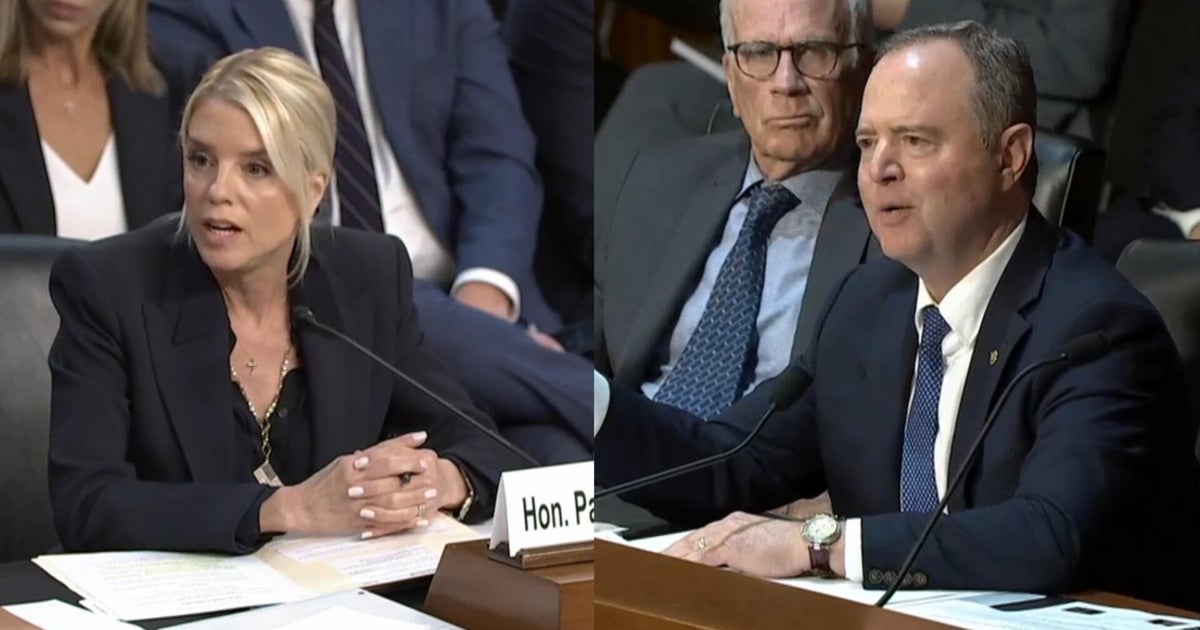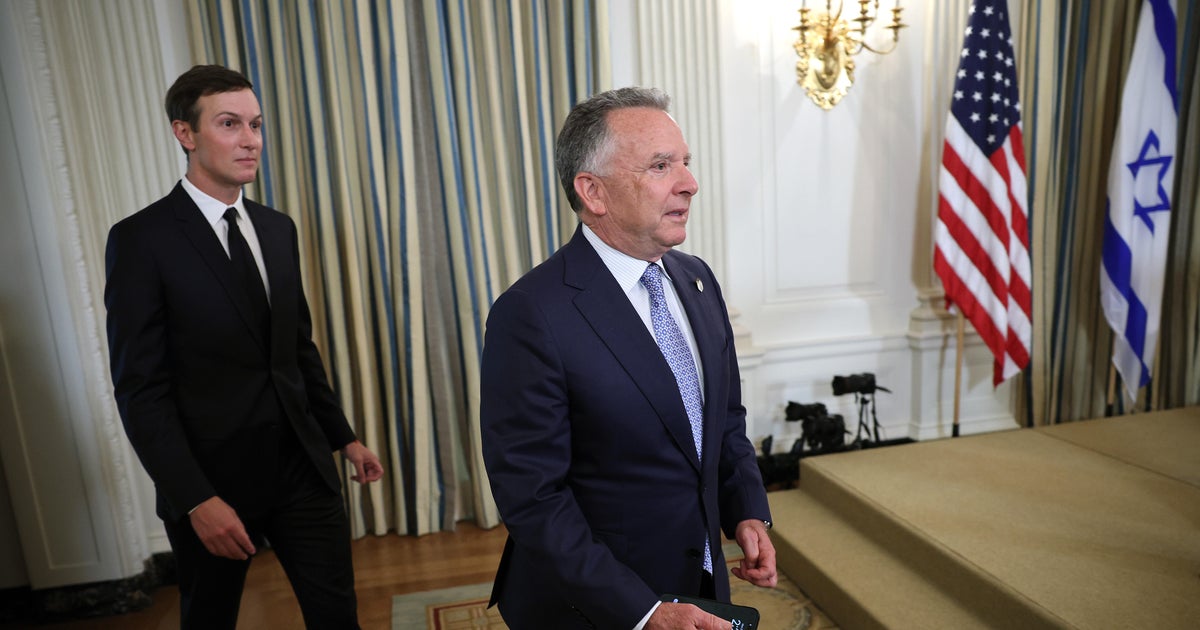Home values have risen sharply since the first interest rate cut in February, wiping out some of the gains buyers expected from lower mortgage repayments and greater borrowing power.
Cotality figures show that since that cut in February, and then the subsequent May and August cuts, values nationally have increased by 4.4 per cent, and 4.5 per cent in the combined capital cities – as against an estimated 7 per cent improvement in borrowing capacity.

Property prices have jumped since interest rates started falling.Credit: Flavio Brancaleone
“This means that affordability constraints are high, but I would argue income growth and rate reductions have increased purchasing power by more than price rises have actually been in the market so far,” said Eliza Owen, head of research at Cotality Australia. “As a result, buyer demand has picked up quite strongly.”
Property values in different cities, however, have soared at different rates, the research found, since the reductions in the Reserve Bank of Australia cash rate from 4.35 per cent to 3.6 per cent.
Price growth since February ranges from 12 per cent in Darwin to 6.7 per cent in Perth, 6.6 per cent in Brisbane, 4.2 per cent in Sydney, 3.1 per cent in Canberra and 2.9 per cent in Melbourne.
“The broad-based uplift in values has occurred with the falling interest rate, increased borrowing capacity and lift in consumer sentiment which creates more confidence among those wanting to buy,” Owen said.
“In addition, the labour market is tight, and inflation is falling, and that’s putting more money into people’s pockets which feeds into greater borrowing capacity and stronger demand and then, ultimately, rising prices. At the same time, there’s record low listings.”
All capital cities, apart from Melbourne, Hobart and the ACT, have now hit fresh records.
Concessions like the new, extended Australian Government 5% Deposit Scheme, from October 1, will also further boost the rate cut-led demand and prices, says independent economist Saul Eslake, especially given constraints in the supply of stock.
“Interest rate cuts and buyers’ grant schemes and concessions mean borrowers can take out bigger mortgages as they can afford to pay more,” he said. “In a market with limited housing supply, almost always that means higher prices, and people paying more for housing.
“We saw that in spades during the COVID lockdown when interest rates were cut and prices went up 15 per cent. The RBA says investors seem to be more sensitive to movements in the interest rates than owner-occupier buyers, and the statistics show that investor numbers have picked up more too.”
Rate cuts, and the excitement generated by publicity around them, feed directly into potential buyers’ mindsets, says mortgage broker Louisa Sanghera, director of Zippy Financial.
“People want to get into the market then, and they become really keen,” she said. “They put in top bids and offers, and the government incentives further drive them into the market, especially if they can get financial help from mums and dads and grandparents.
“But while demand increases, the supply simply isn’t there, so prices will always go up as a result. And the difference in price growth between the cities reflects the different stages they’re at in the price growth cycle.”
Certainly, that stunning 12 per cent price jump in Darwin since February indicates the market there has finally turned the corner, says Cotality’s Eliza Owen. Darwin is the most affordable capital city, with a median prize of $558,600. Investor activity there has doubled, albeit off a low base, and it looks an attractive buyer option.
“Sydney, with a 4.2 per cent increase to a median of just over $1.24 million, is a strong market but weighed down by affordability constraints and a weaker demographic with people leaving for other states,” Owen said.
“But Melbourne, with just a 2.9 per cent increase in prices since February to a median of $805,900, has generally been plagued by weaker demand relative to rate cuts. There’s also been a lot of interstate migration out of Victoria up until recently which could be creating a drag on growth.”
Price increases of 80 per cent-plus in Brisbane and Perth meant home owners in those cities had more equity to leverage for upsizing or downsizing, or investing, with that extra demand fuelling prices, Owen said.
Loading
Brisbane’s median now sits at $969,800 on Cotality figures, and Perth’s at nearly $856,000.
Eslake believes investors are helping drive up prices.
“One of the reasons for that difference in price movements between the various capital cities is probably the different perceptions of the returns for investors,” he said.
“The Victorian government’s land tax and changes have acted as a deterrent for investors in Melbourne which, perversely, probably has helped with housing affordability. Queensland, meanwhile, has the fastest growth in population and then underlying demand.”
Most Viewed in Property
Loading


















































